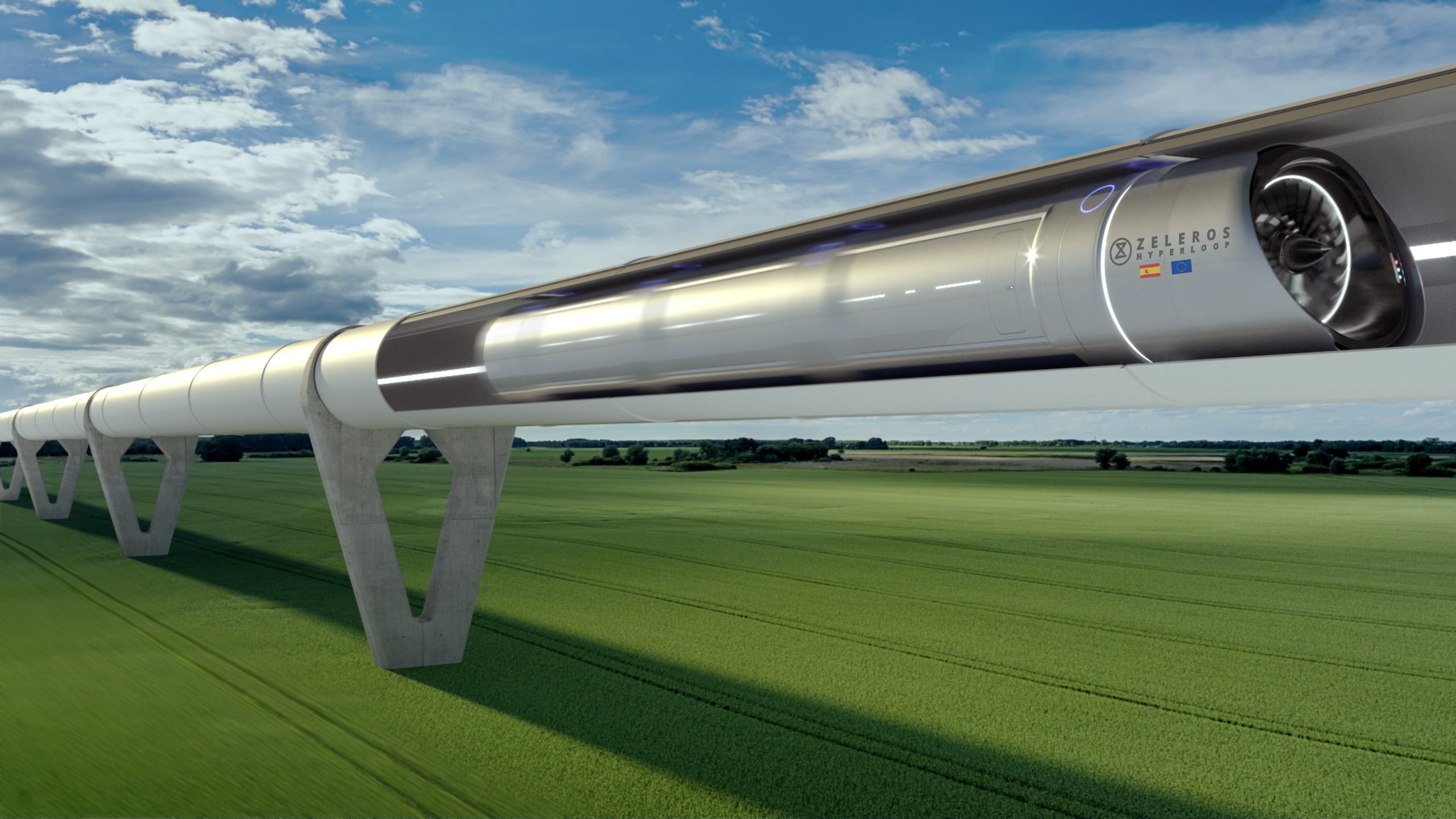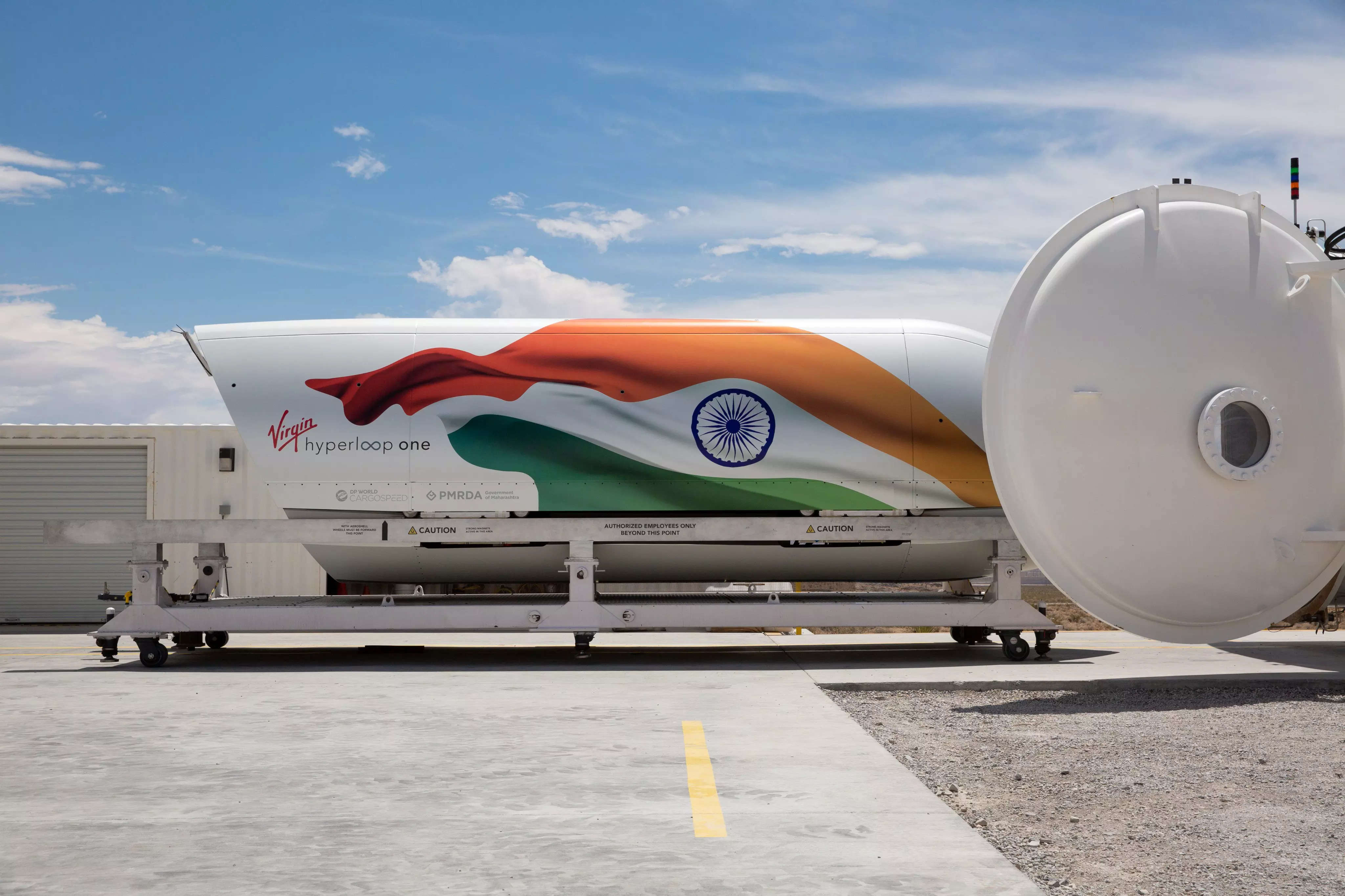Hyperloop: The Future of High-Speed Travel in India
Posted: Sun Dec 17, 2023 1:09 am

The Science Behind Hyperloop

- Pods: These are the vehicles that carry passengers or cargo through the tube. They are designed to be aerodynamic, lightweight, and durable. The pods can either hover above the track using magnetic levitation (maglev) or glide on a cushion of air using air bearings. The pods are propelled by linear electric motors, which accelerate and decelerate them along the track.
- Tube: This is the enclosed structure that houses the pods and maintains a low-pressure environment. The tube is made of steel and mounted on pylons, which are reinforced concrete pillars that support the tube and allow it to withstand earthquakes and other natural forces. The tube also has an emergency exit system and a safety valve to regulate the pressure and prevent vacuum collapse.
- Stations: These are the terminals where the pods enter and exit the tube. The stations have airlocks that seal the tube and prevent air from entering or escaping. The stations also have platforms, elevators, and other facilities to accommodate the passengers and cargo.
Hyperloop in India
 India is not just a potential market for Hyperloop, but also a leader in developing and deploying this technology. The Indian Railways and the Indian Institute of Technology (IIT) Madras have joined hands to develop India’s own Hyperloop system, in collaboration with L&T Constructions. The project is spearheaded by a team of over 50 students from IIT Madras, called Avishkar Hyperloop, who have been working on the technology since 2017. The team has won several international awards and patents for their Hyperloop pod design and technology.
India is not just a potential market for Hyperloop, but also a leader in developing and deploying this technology. The Indian Railways and the Indian Institute of Technology (IIT) Madras have joined hands to develop India’s own Hyperloop system, in collaboration with L&T Constructions. The project is spearheaded by a team of over 50 students from IIT Madras, called Avishkar Hyperloop, who have been working on the technology since 2017. The team has won several international awards and patents for their Hyperloop pod design and technology.
Despite the promising prospects, the implementation of Hyperloop in India is not without its challenges. The technology is still in its nascent stage and requires further research, testing, and validation. The cost of building and operating Hyperloop infrastructure is also a major factor that needs to be assessed and optimised. However, Hyperloop also offers many opportunities for India, such as faster and greener mobility, economic and social benefits, and technological leadership.Challenges and Opportunities
Hyperloop is more than just a futuristic concept; it’s a technology that could redefine the future of transportation in India. With its potential to offer a faster, greener, and more affordable way of travel, Hyperloop is indeed a technology that India needs and deserves. So, the next time you’re stuck in traffic, just imagine sitting in a Hyperloop pod, whizzing past the landscape at the speed of sound. Now, wouldn’t that be a ride worth waiting for?Conclusion